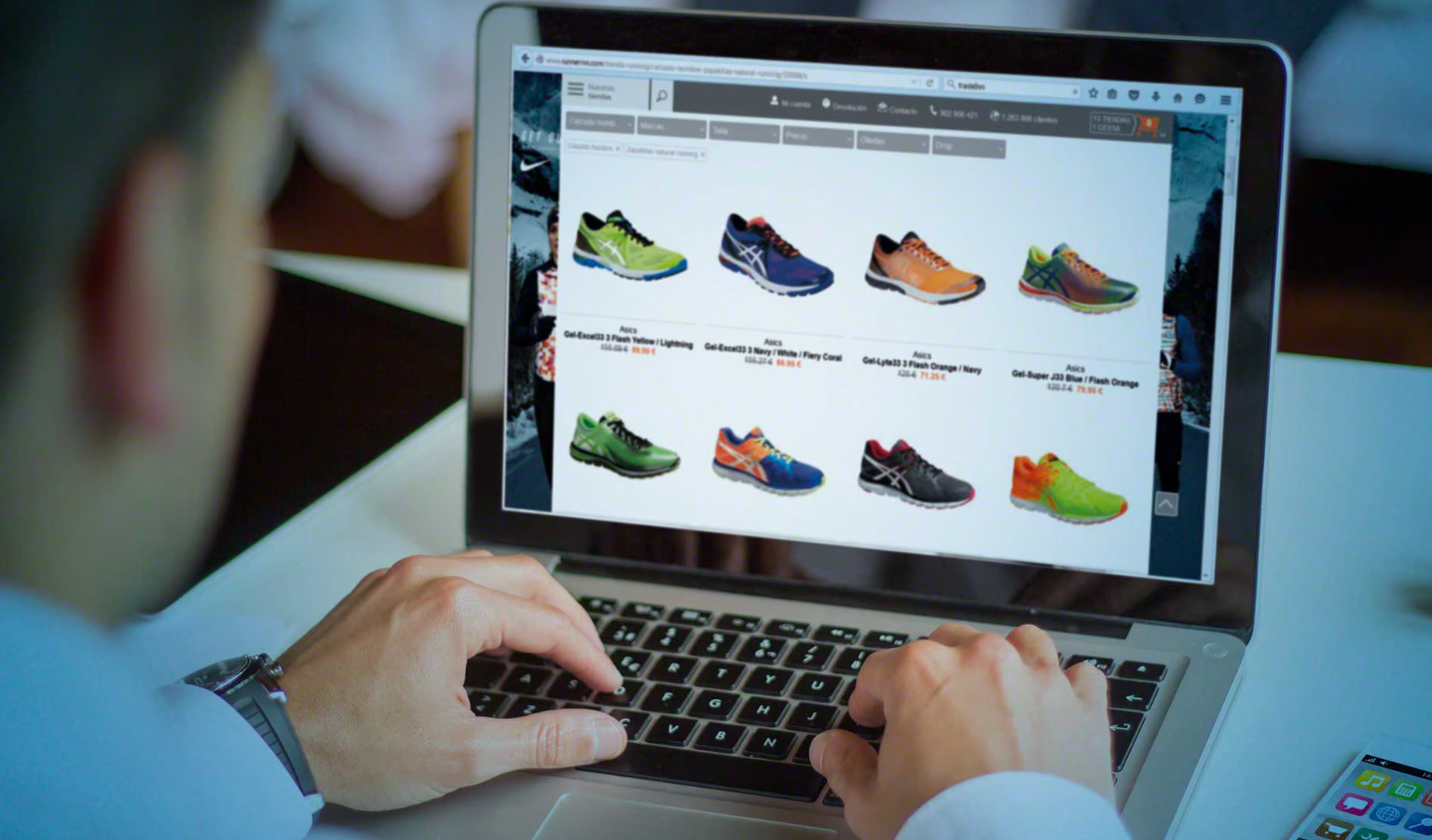Introduction: Why E-commerce?
E-commerce has witnessed tremendous growth in recent years, becoming one of the fastest-growing sectors globally. With the increasing reliance on the internet for shopping, creating an online store has become a great opportunity for startups and individuals wishing to generate additional income or even build a complete commercial project.
In this guide, we will review the steps to create a successful online store, in addition to the most important tools and platforms you need to launch your project in the world of e-commerce.
Part One: Steps to Create a Successful Online Store
1. Choosing a Product or Service Idea
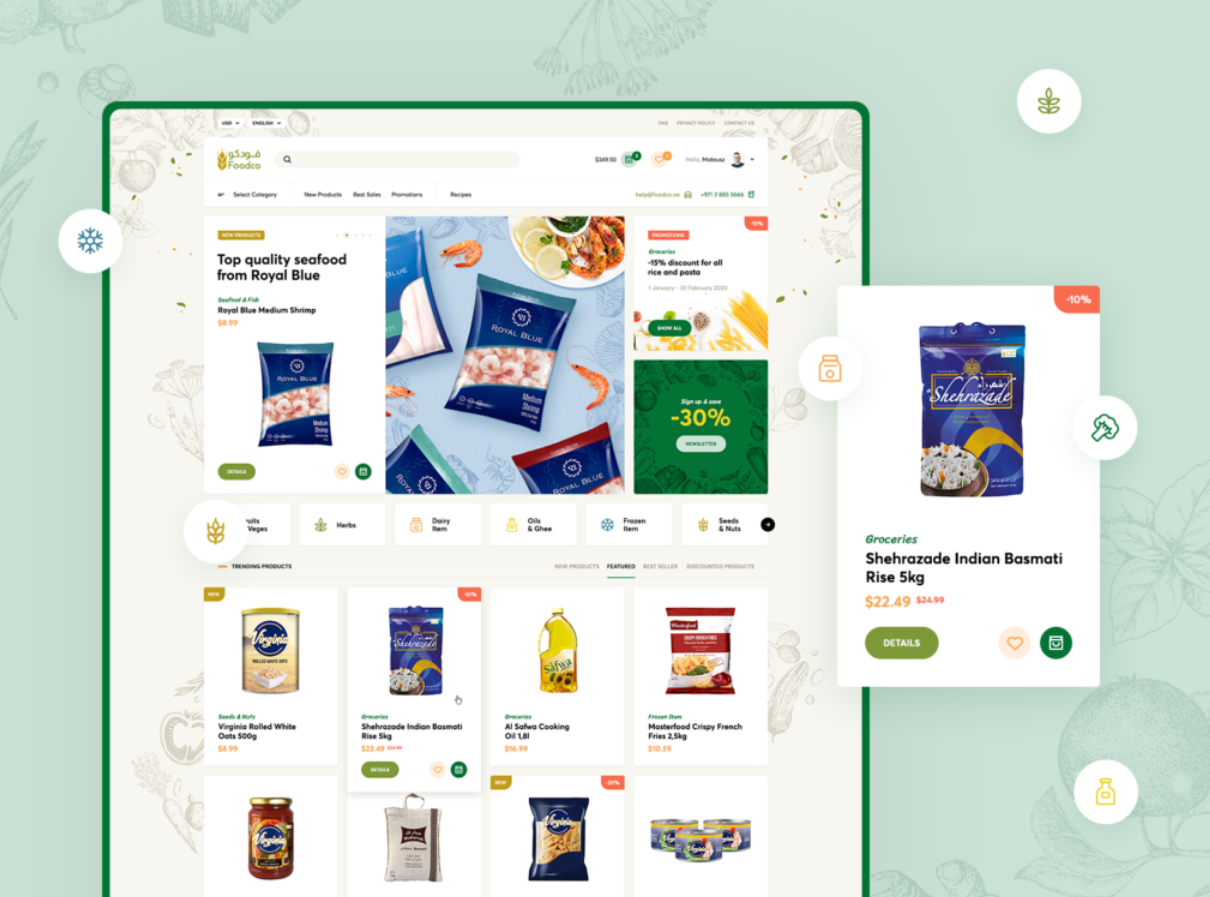
- Researching in-demand products: Use tools like Google Trends and Amazon Best Sellers to find out the most requested products.
- Analyzing competitors: Study competing stores to identify their strengths and weaknesses.
- Choosing a business model:
- B2C (Business-to-Consumer)
- B2B (Business-to-Business)
- Dropshipping (selling without storing inventory)
2. Choosing a Store Name and Reserving a Domain
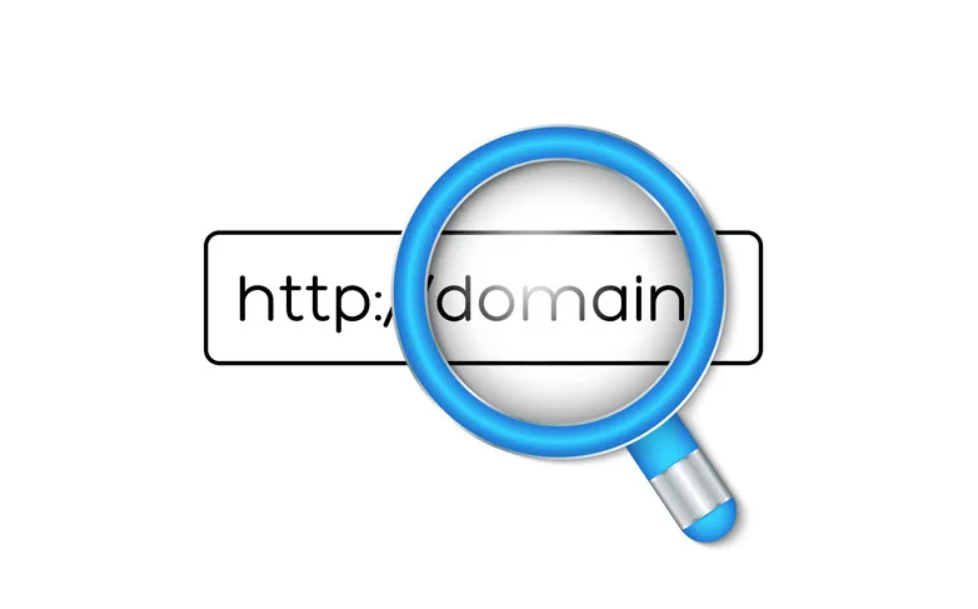
- Choose a name that is easy to pronounce and remember.
- Use sites like Namecheap or GoDaddy to buy the domain.
- It is preferable for the domain to be .com or your local domain extension.
3. Choosing an E-commerce Platform
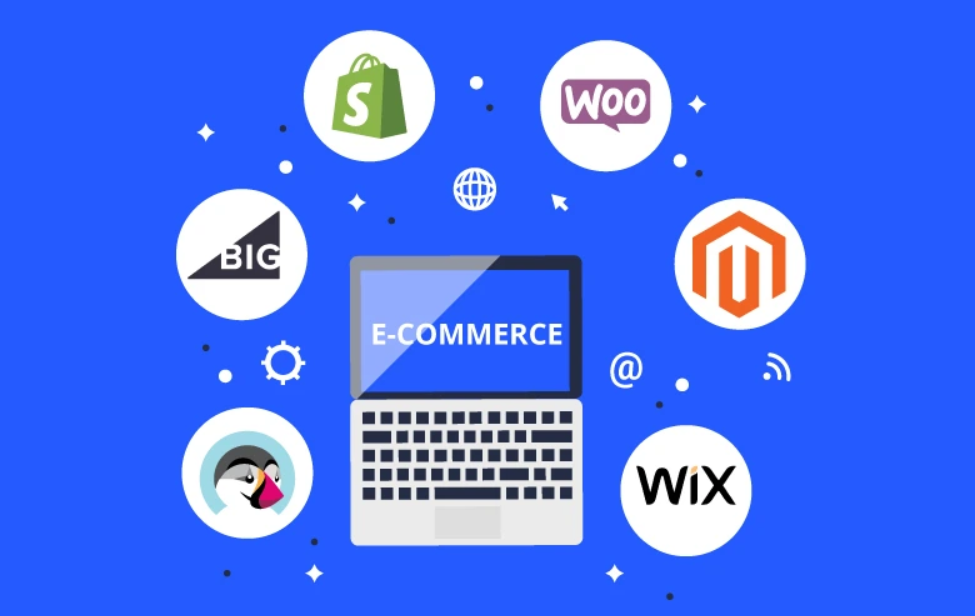
There are several platforms for creating online stores, including:
- Shopify (Best for beginners)
- WooCommerce (Works with WordPress, requires some technical experience)
- Local integrated platforms (if applicable to your region)
- Other easy-to-use platforms
4. Designing the Online Store

- Choose attractive and fast-loading templates.
- Make sure the store is mobile-friendly (more than 60% of sales come from phones).
- Use tools like Canva to design product images professionally.
5. Adding Products and Writing Engaging Descriptions
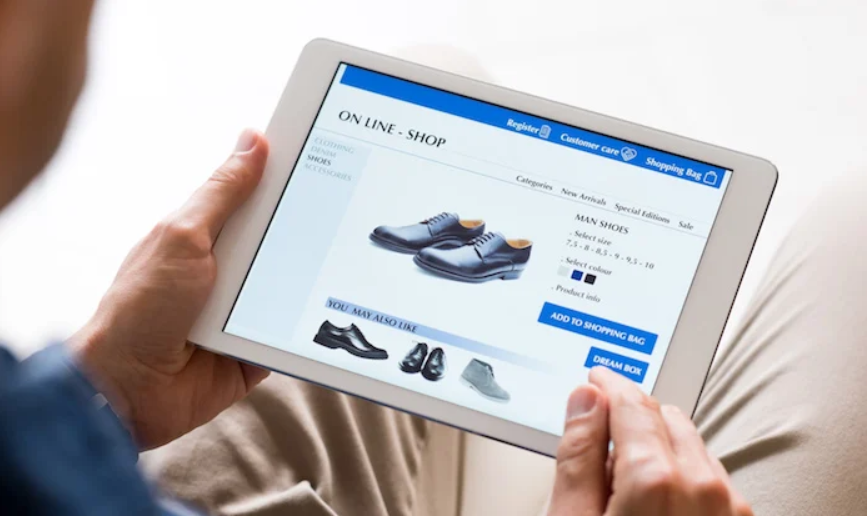
- Professional product photography (or using high-quality images from suppliers).
- Writing clear and persuasive descriptions using keywords (SEO).
- Setting prices and discounts competitively.
6. Setting Up Payment and Shipping Methods
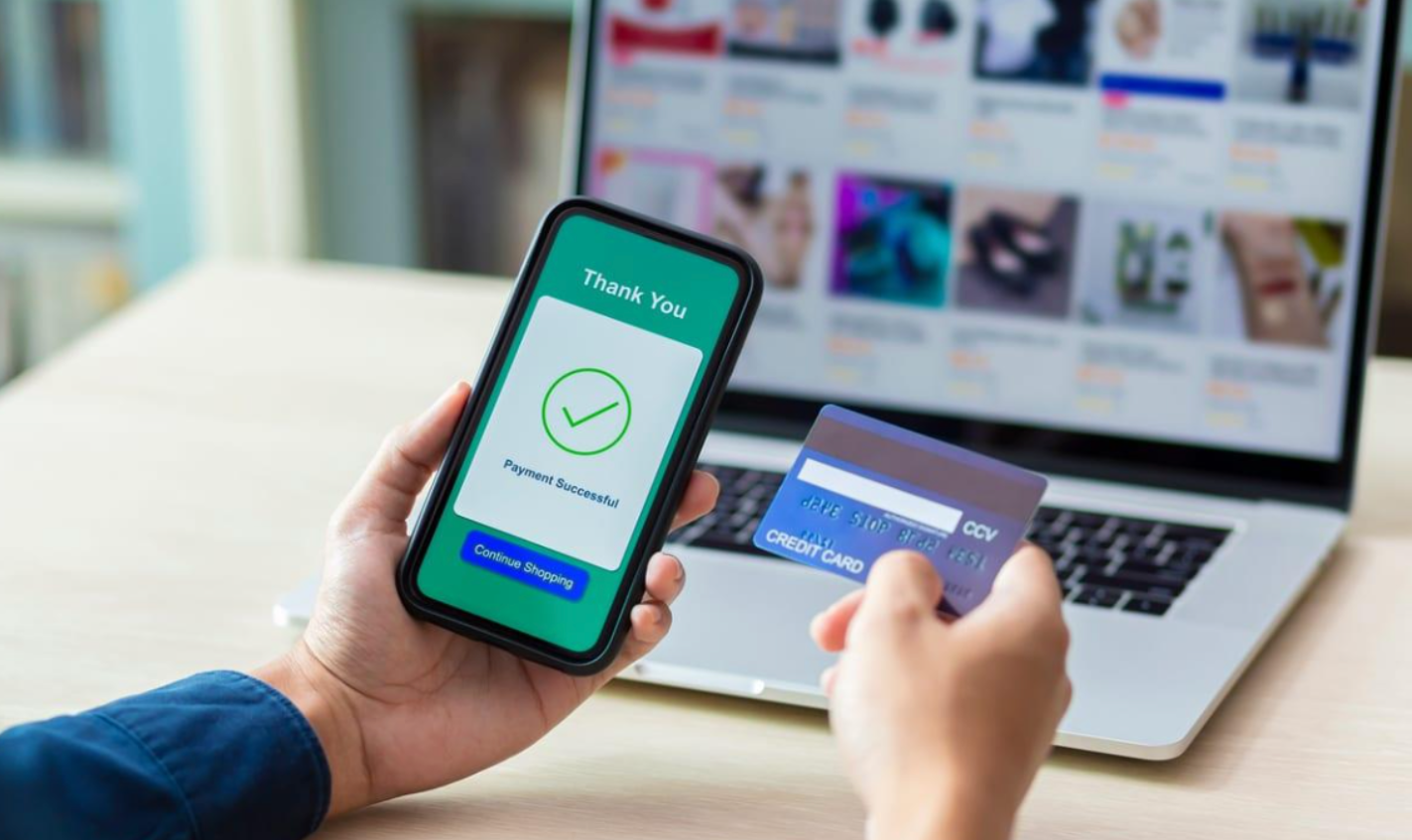
- Payment Systems:
- Local payment gateways
- PayPal (for international customers)
- Mobile payment options
- Shipping Options:
- Local express delivery companies
- DHL and FedEx (for international delivery)
7. Marketing the Store and Attracting Customers
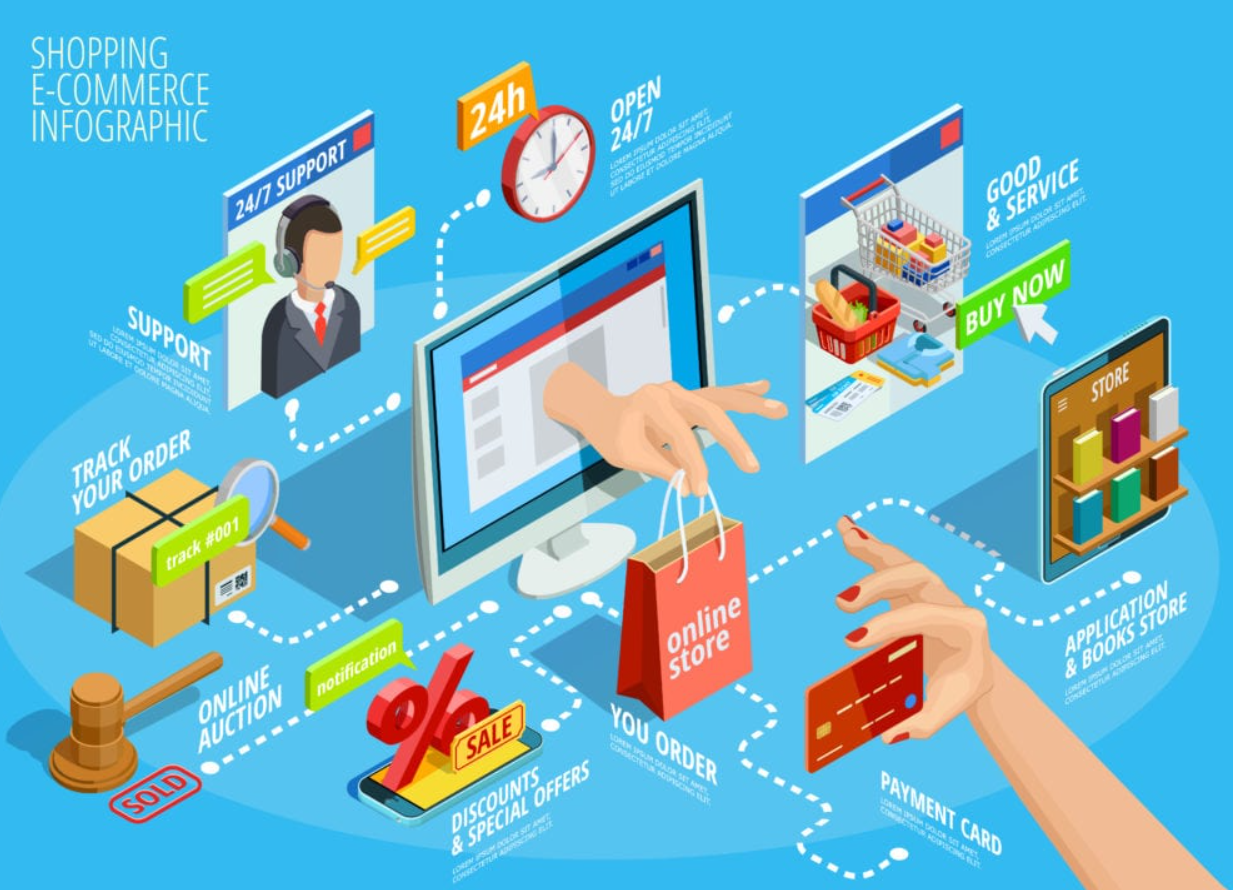
- Social Media Marketing: Create pages on Instagram, TikTok, Snapchat.
- Paid Advertising: Use Google Ads and Facebook Ads.
- Content Marketing: Create a blog or educational videos to attract visitors.
- Email Marketing: Use Mailchimp or Sendinblue.
8. Analyzing Performance and Improving the Store
- Use Google Analytics to track visitor traffic.
- Analyze and improve the Conversion Rate.
- Collect customer feedback and improve the user experience.
Part Two: Important E-commerce Tools
1. Store Creation Tools
| Tool | Feature | Price |
|---|---|---|
| Shopify | Easy to use, supports dropshipping | From $29/month |
| WooCommerce | Free (requires hosting) | Depends on hosting |
| Local Integrated Platforms | Integrated features for your region | Varies |
2. Marketing Tools
| Tool | Purpose |
|---|---|
| Google Trends | Analyze search trends |
| Facebook Ads Manager | Manage advertising campaigns |
| Canva | Design advertising images |
3. Inventory and Shipping Management Tools
| Tool | Function |
|---|---|
| Oberlo (for dropshipping) | Connect store with suppliers |
| ShipStation | Manage shipments |
| Zoho Inventory | Track inventory |
4. Performance Analysis Tools
| Tool | Usage |
|---|---|
| Google Analytics | Track visitor traffic |
| Hotjar | Analyze visitor behavior |
| SEMrush | Improve SEO |
Conclusion: How to Start Your E-commerce Journey?
E-commerce is a profitable field, but it requires good planning and careful execution. Start with small steps, test products, and market smartly. Over time, you can develop your store to become a major source of income.
Final Tip:
“Don’t wait for perfection! Start with what’s available, then gradually develop your store based on customer feedback.”
